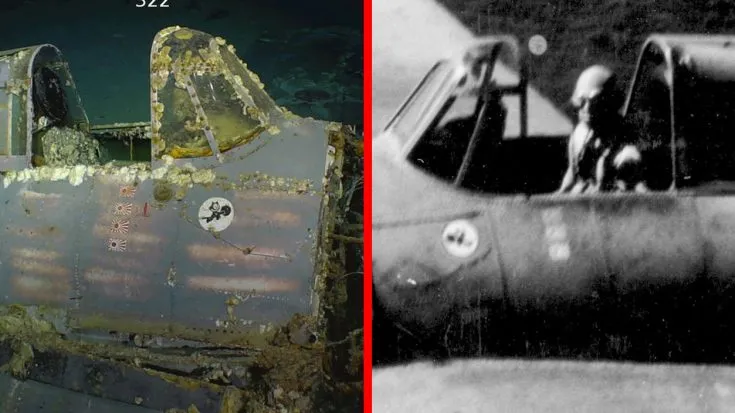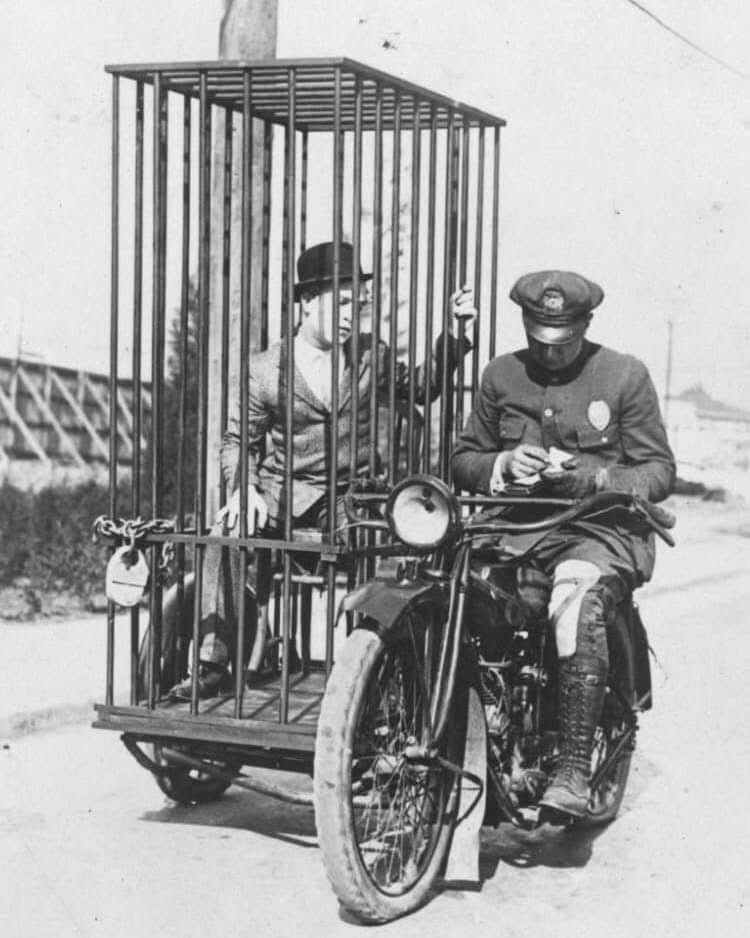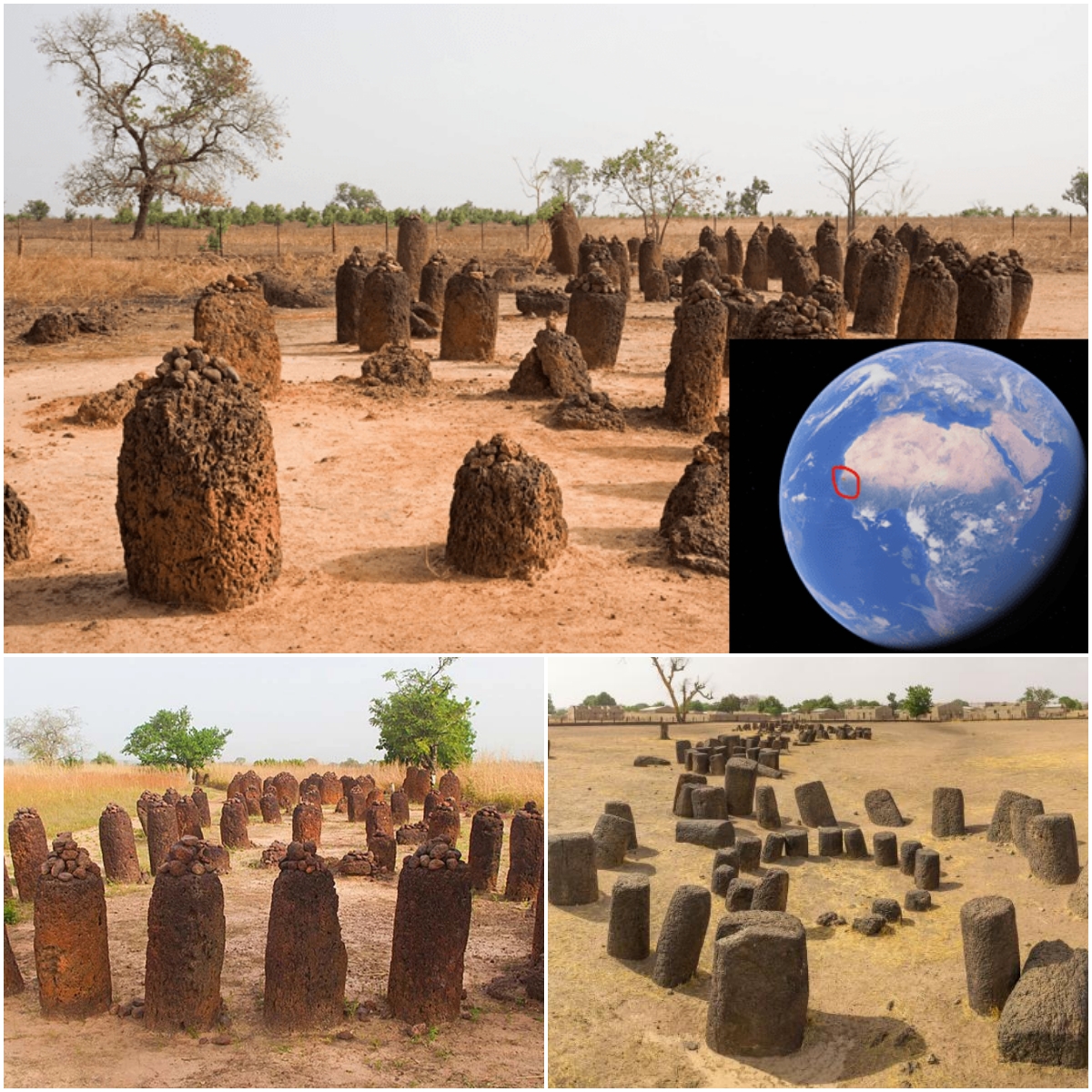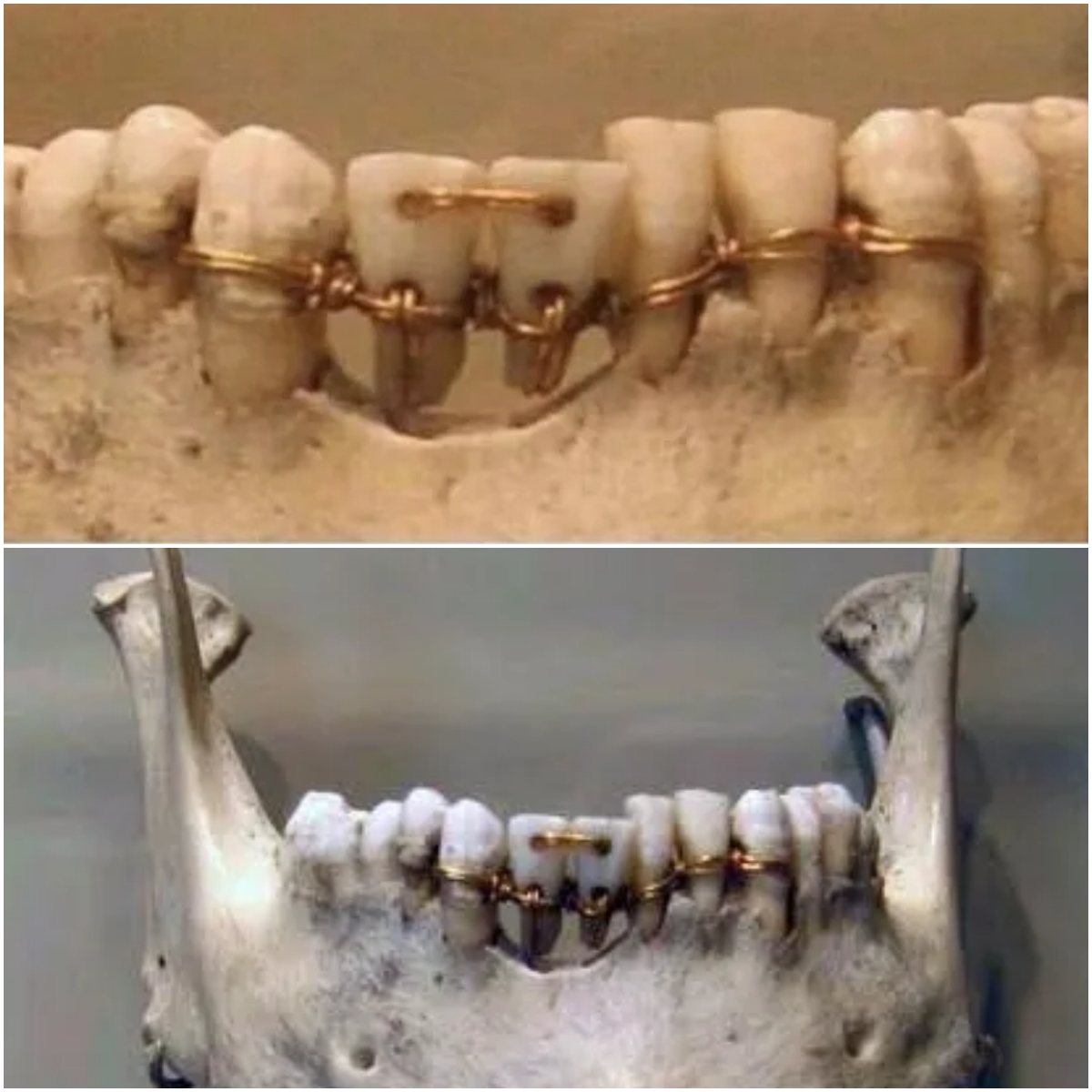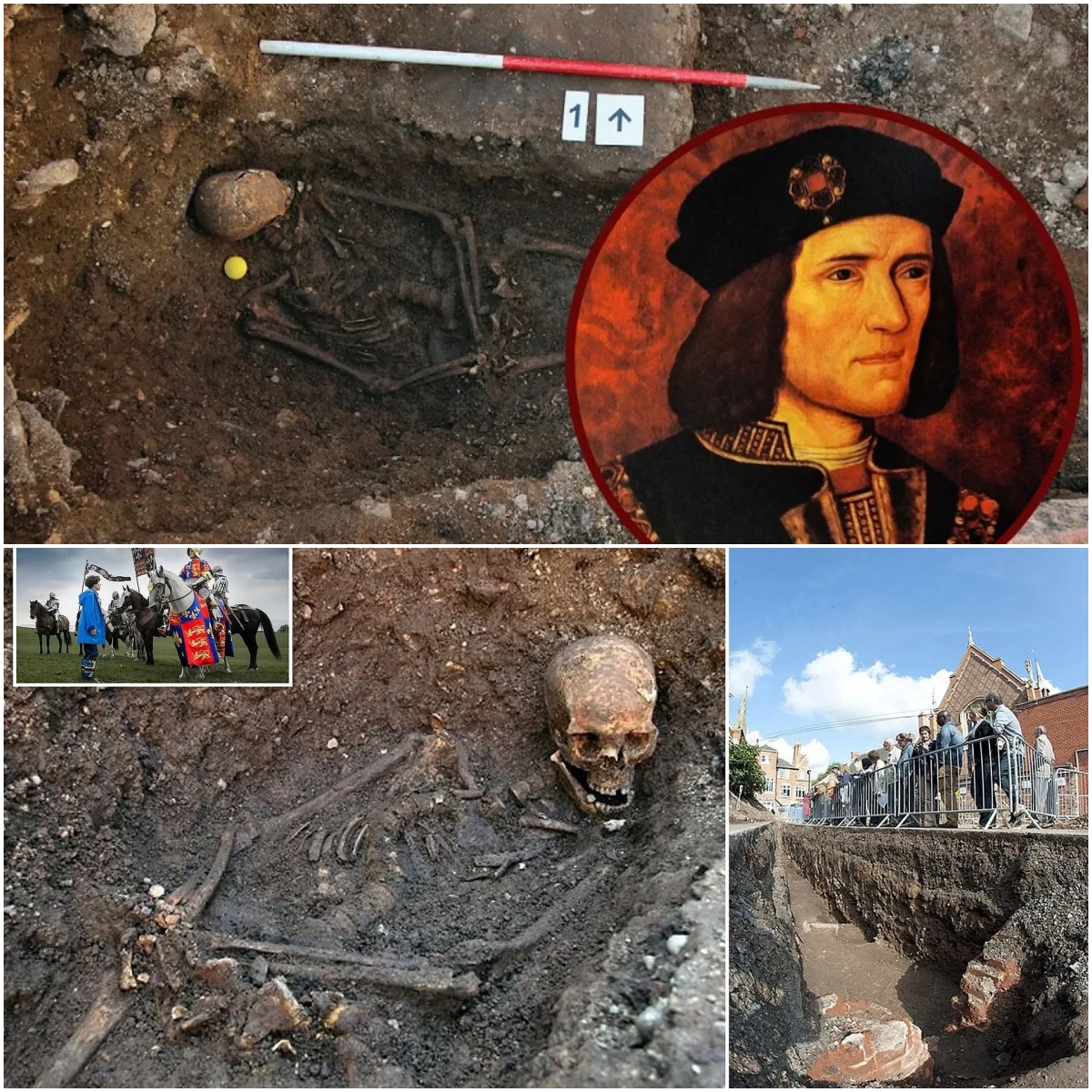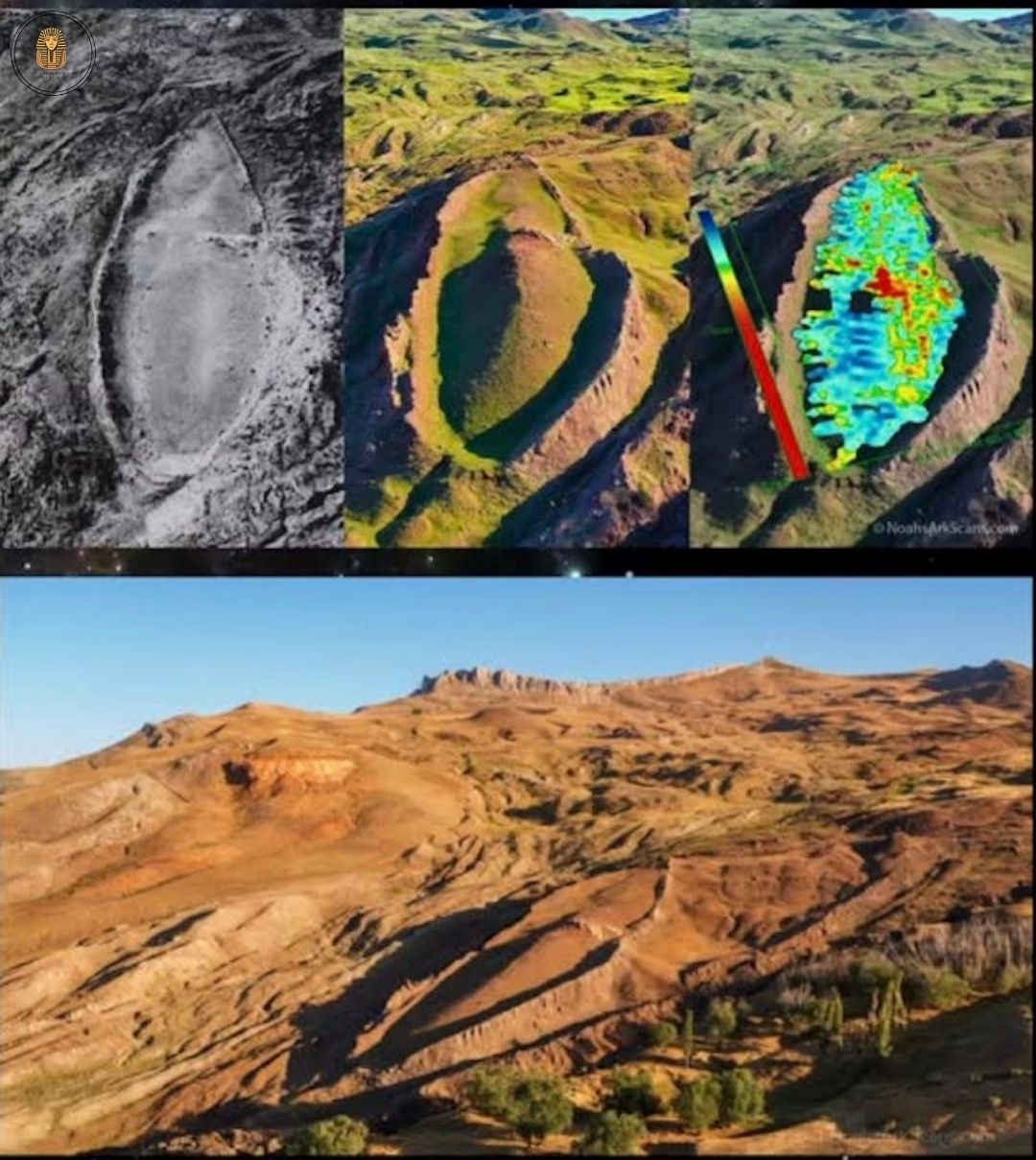From Coral Sea to Chicago: The Remarkable Journey of Lt. Edward O’Hare and His Wildcat Fighter
Lieutenant Edward “Butch” O’Hare was a renowned U.S. Navy pilot during World War II, known for his bravery and exceptional combat skills. Born on March 13, 1914, O’Hare served aboard the aircraft carrier USS Lexington (CV-2) and became one of the Navy’s top fighter pilots. He is best remembered for his heroic actions on February 20, 1942, when he single-handedly shot down six Japanese bombers, saving the Lexington from destruction.
O’Hare flew the Grumman F4F Wildcat, one of the U.S. Navy’s primary fighters in the early stages of World War II. The Wildcat was a rugged aircraft with a top speed of about 320 mph (515 km/h) and was armed with six Browning M2 .50 caliber machine guns. Though it was slower and less maneuverable than the Japanese Mitsubishi A6M Zero, the Wildcat proved to be a formidable opponent due to its heavy armor and effective combat tactics.
In May 1942, O’Hare continued to undertake critical combat missions in the Pacific. During this period, the USS Lexington participated in the Battle of the Coral Sea (May 4–8, 1942), one of the first major naval battles between the U.S. and Japan. In this battle, Lexington was ultimately sunk by Japanese forces, but O’Hare’s Wildcat remained active in protecting the U.S. fleet. While he did not achieve the same level of success as in his famous February battle, O’Hare continued to demonstrate exceptional combat skills, contributing to the defense of American warships.
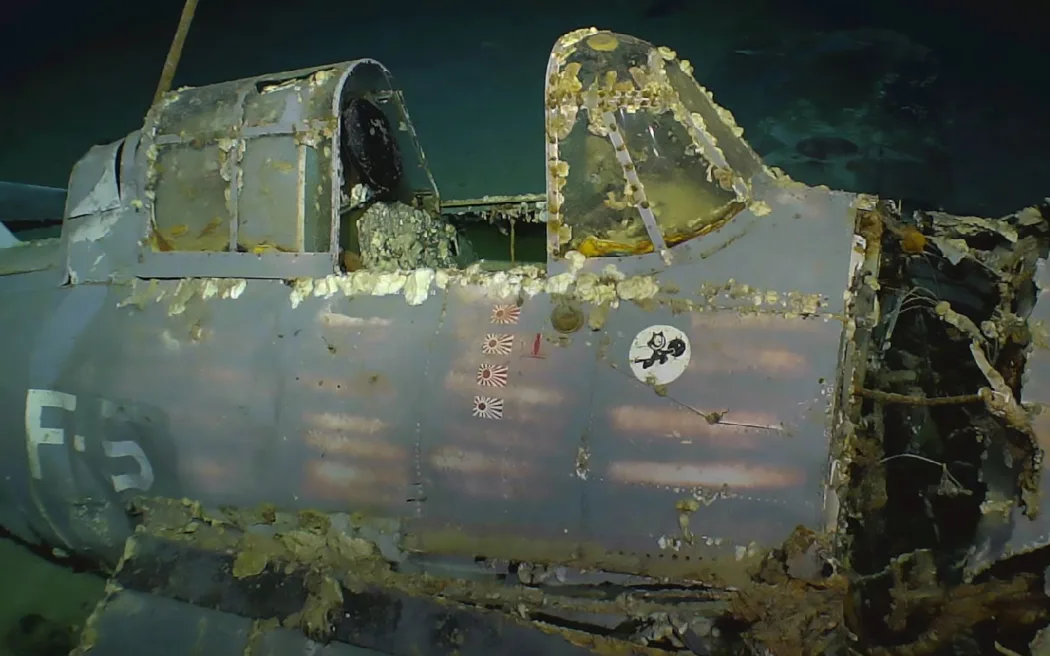
After the Battle of the Coral Sea, O’Hare continued to fight in key military operations, including the Guadalcanal campaign. Unfortunately, on November 26, 1943, O’Hare was declared missing in action after a nighttime air battle over the Pacific.
As for his Wildcat, there is no confirmed information about its preservation. However, several F4F Wildcat aircraft still exist today in aviation museums and private collections. Some have been restored and remain operational for historical reenactments.
Today, surviving F4F Wildcats are displayed in various museums around the world, including:
Smithsonian National Air and Space Museum (USA)
National Naval Aviation Museum (Pensacola, Florida)
Palm Springs Air Museum (California)
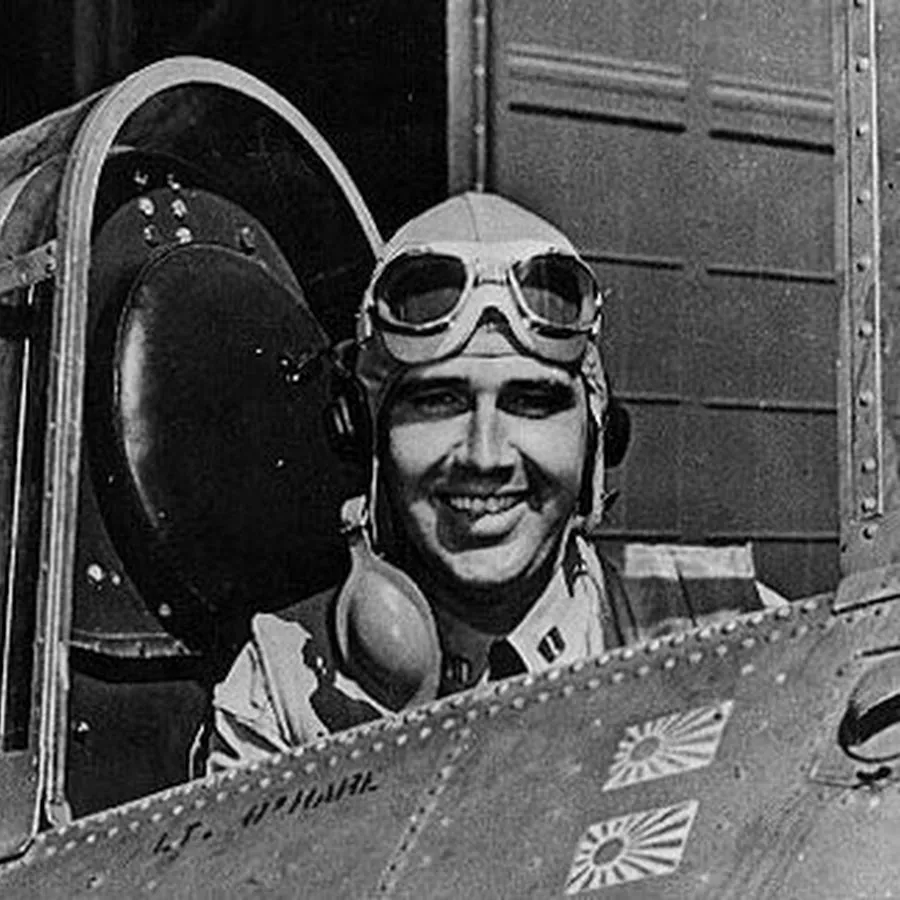
These Wildcats serve as symbols of the resilience and bravery of American pilots during World War II. Among them, O’Hare is remembered as a true legend.
Lt. Edward “Butch” O’Hare and his Wildcat represent courage and sacrifice during World War II. Though he was lost in battle, his legacy lives on through the surviving Wildcat aircraft and his place in U.S. military history. Today, Chicago O’Hare International Airport is named in his honor, ensuring that his heroism is never forgotten.

